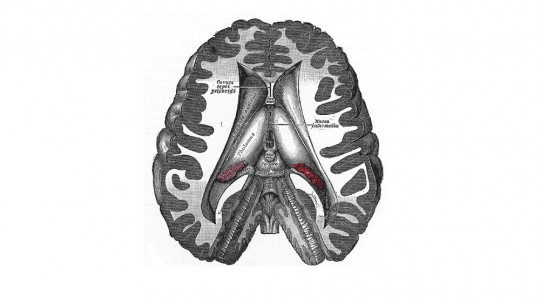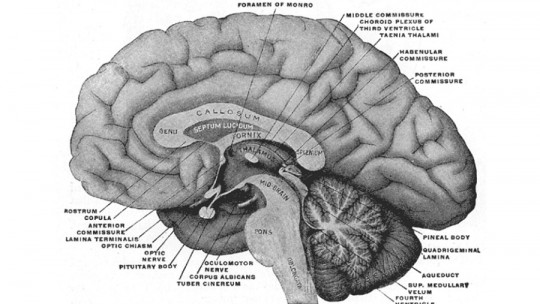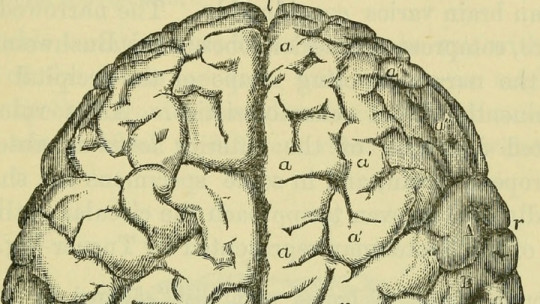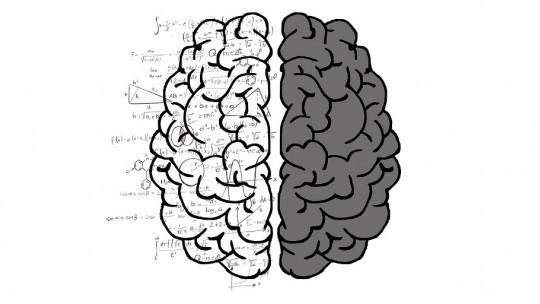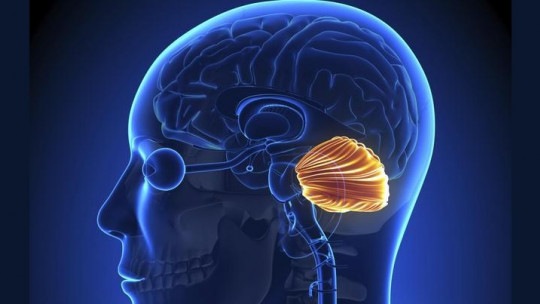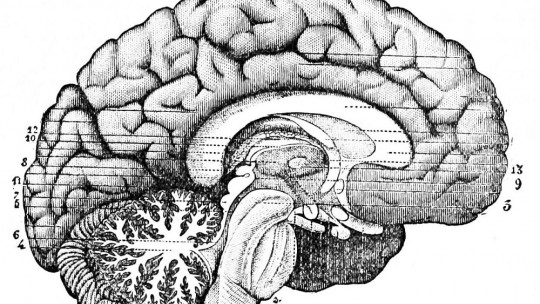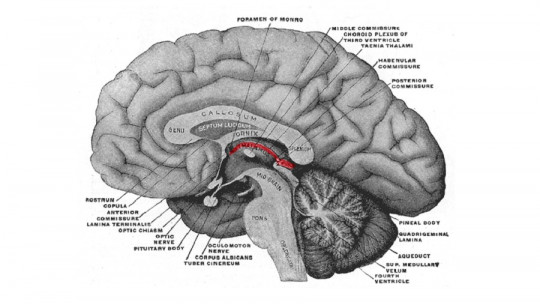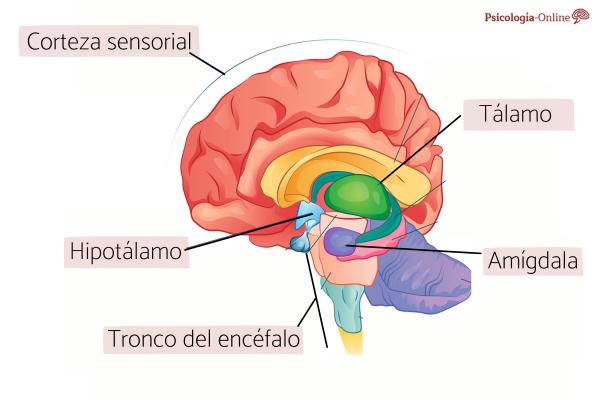The cerebrum is the largest portion of the brain, where the cerebellum and brainstem are also located. Specifically, the brain is made up of two hemispheres, the right and the left, and, in turn, is also divided into different lobes made up of cortical and subcortical structures. One of the best known is the amygdala, due to its involvement in the processing of emotions, and others less known, such as the habenula.
If you are interested in knowing more about this small structure, don’t miss the explanation that we offer you in this PsychologyFor article. We will talk about the habenula: what it is, parts, function and location as well as what their afferents and efferents are and their implications on human behavior.
What is the habenula
The habenula, or habenular nucleus, is a structure that is quite unknown or, if not, unfamiliar, even to professionals in the area. Specifically, it is a tiny bundle of nerve fibers that cross the midline in the upper areas of the base of the pineal stem.
Afferents and efferents in which the habenula intervenes
On the one hand, the habenula participates in afferents through the stria medullaris thalamiof the anterior perforated substance, of the paraventricular nucleus of the hypothalamus, of limbic regions and of the caudate nucleus.
On the other hand, the outputs in which the habenula participates are the intrapeduncular nucleus, in the dorsal and medial nuclei of the raphein the dorsal nucleus of the tegmentum and in the superior colliculus, also related to structures that release dopamine, noepinephrine and serotonin.
Parts of the habenula
Mainly, in the habenular nuclei or habenula we can distinguish the following Two parts :
- The lateral habenular nucleus.
- The medial habenular nucleus.
Function of the habenula
Despite being a structure quite unknown to many, the main function of the habenula is modulate various brain structures Furthermore, it is closely related, taking into account the neurotransmitters it modulates, with pleasure, gratification, positive reinforcement and cognition.
Processes linked to the habenula
The habenular nuclei have been related to the following processes:
- Sleep-wake.
- The reward response due to its relationships with the limbic system.
- The sexual behavior
- The behavioral response of pain
- Decision making: makes us take risks in situations in which we can express fear.
- Evoke emotions from smells since it has olfactory afferents.
Effects of alterations in the habenula
Alterations and dysfunctions of the habenula have revealed the following symptoms:
- Hyperarousal in those people who suffer from major depression.
- Tendency to show less interest and pleasure in ordinarily pleasant things.
- Overfocus in negative aspects.
- Symptoms or signs similar to those suffered by people with attention deficit hyperactivity disorder.
Involvement of the habenula in nicotine consumption
Notably, some important implications of the habenula on nicotine consumption have been discovered. Specifically, the medial habenula-interpeduncular nucleus circuit protects animals, and presumably also our species, from consuming large amounts of nicotine.
Neurons in the medial habenula, a region of the midbrain, contain a special type of nicotinic cholinergic receptor that includes a subunit alpha5. Neurons that express these receptors send their axons to the interpeduncular nucleus, located in the midline of the midbrain. This pathway appears to be part of a system that inhibits the reinforcing effects of nicotine
Fowler et al. (2011) found that deletion of the gene responsible for the synthesis of cholinergic receptors alpha5 increased high-dose nicotine self-administration. In addition, they also discovered that the technique reduced the ability of nicotine to activate the interpeduncular nucleus and that if it was interrupted, nicotine self-administration increased.
Location of the habenula
The habenula is located in the epithalamus , that is, inside the diencephalon. Specifically, it is located in the forebrain along with structures such as the thalamus, hypothalamus and pineal gland. These structures stand out for their connection with the limbic system.
It should be noted that the habenula, or habenular nuclei, It is connected to the pineal gland and facilitates the connection between the limbic system and the reticular formation.
This article is merely informative, at PsychologyFor we do not have the power to make a diagnosis or recommend a treatment. We invite you to go to a psychologist to treat your particular case.
If you want to read more articles similar to Habenula: what it is, parts, function and location we recommend that you enter our Neurosciences category.
Bibliography
- Carlson, N. R. (2014). Behavioral physiology. Madrid. Pearson Education, S.A.
- Fakhoury M, Dominguez-Lopez S. (2014). The role of habenula in motivation and reward. Advances in Neuroscience.
- Lawson RP, Nord CL, Seymour B, Thomas DL, Dayan P, Silling S, Roiser JP., (2017) Disruptes habenula function in major depression. Molecular Psychiatry. 22(1) 202-208.
- Lee Y, Goto Y., (2013). Habenula and ADHD: convergence on time. Neuroscience behavioral review. 37 (8) 1801-1809.


